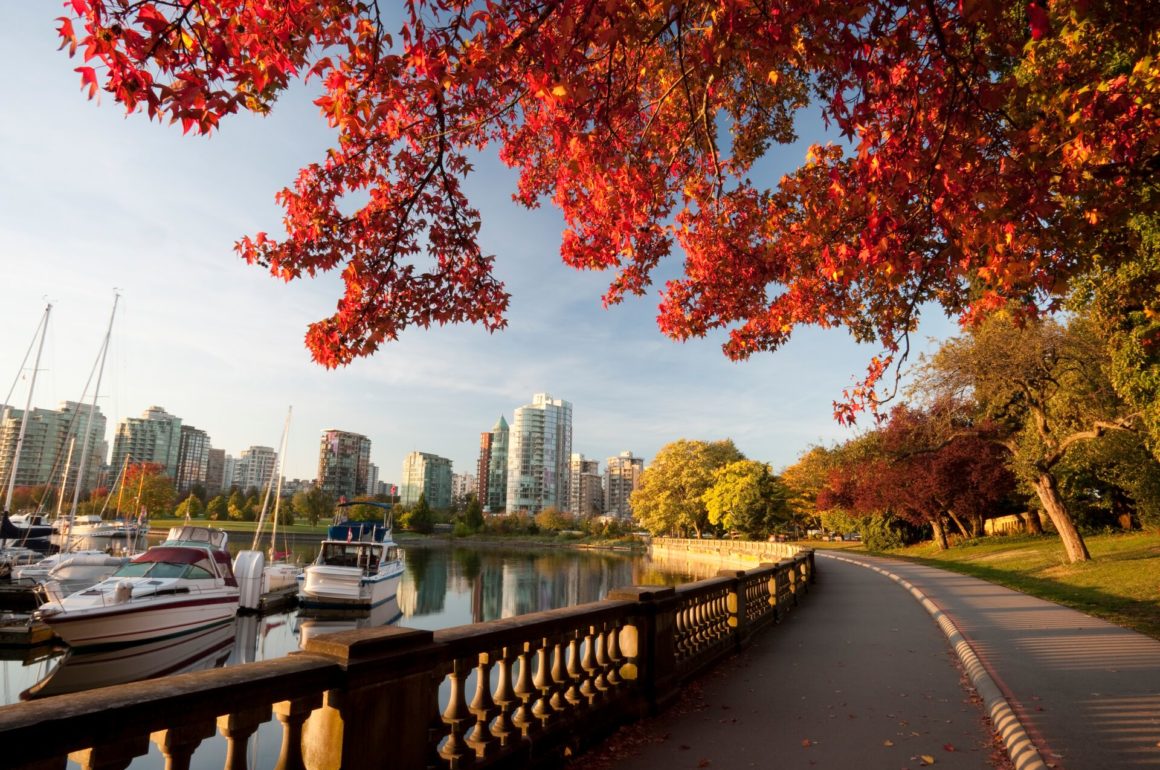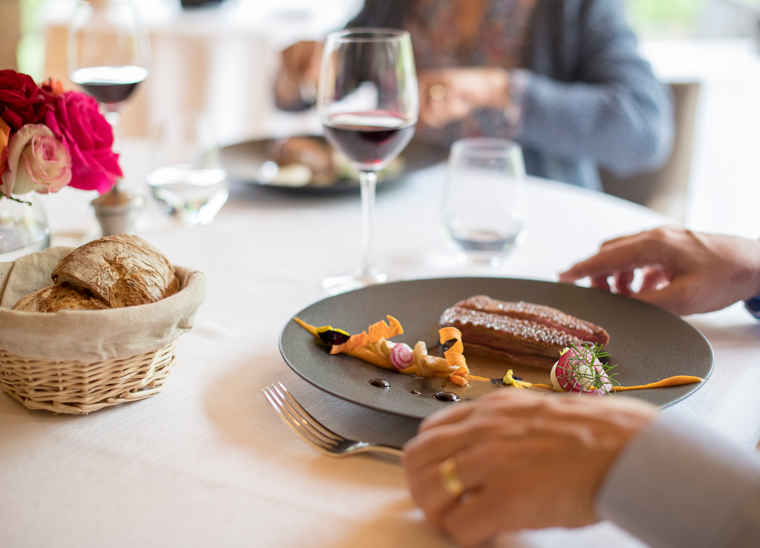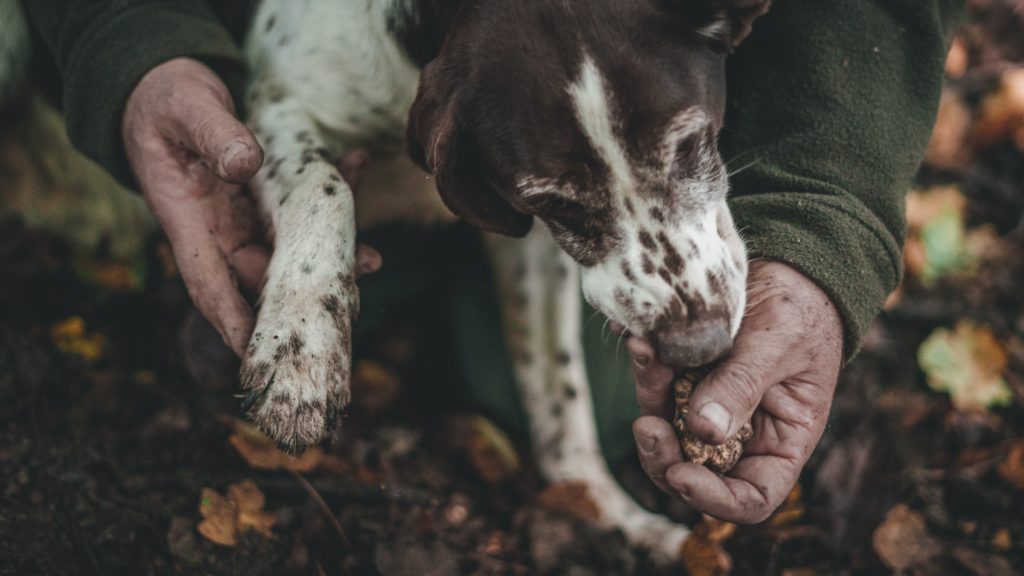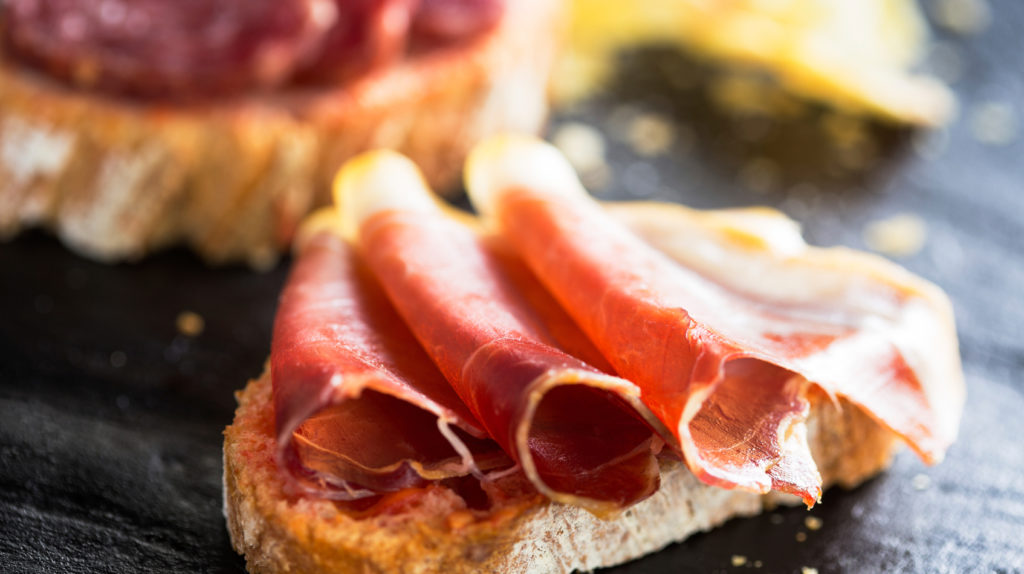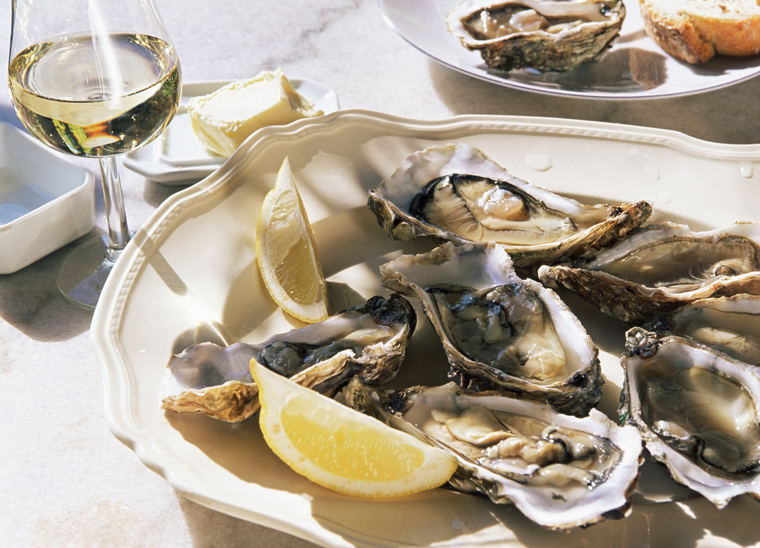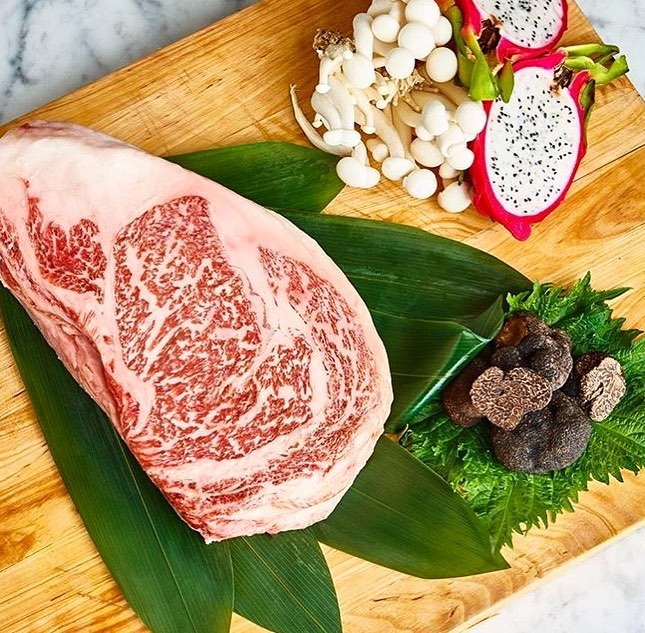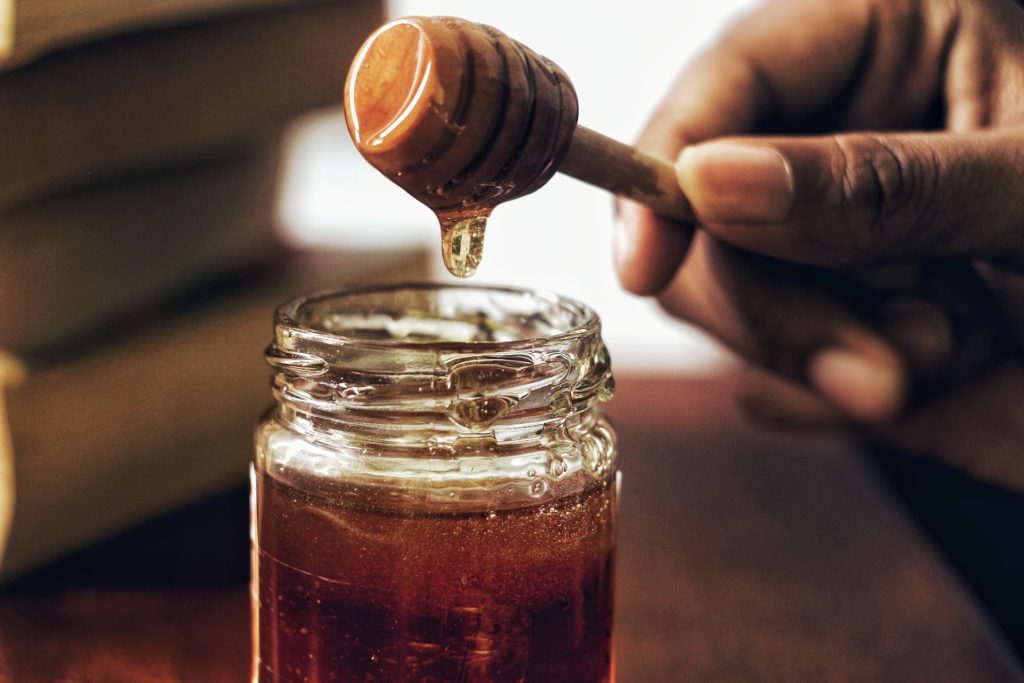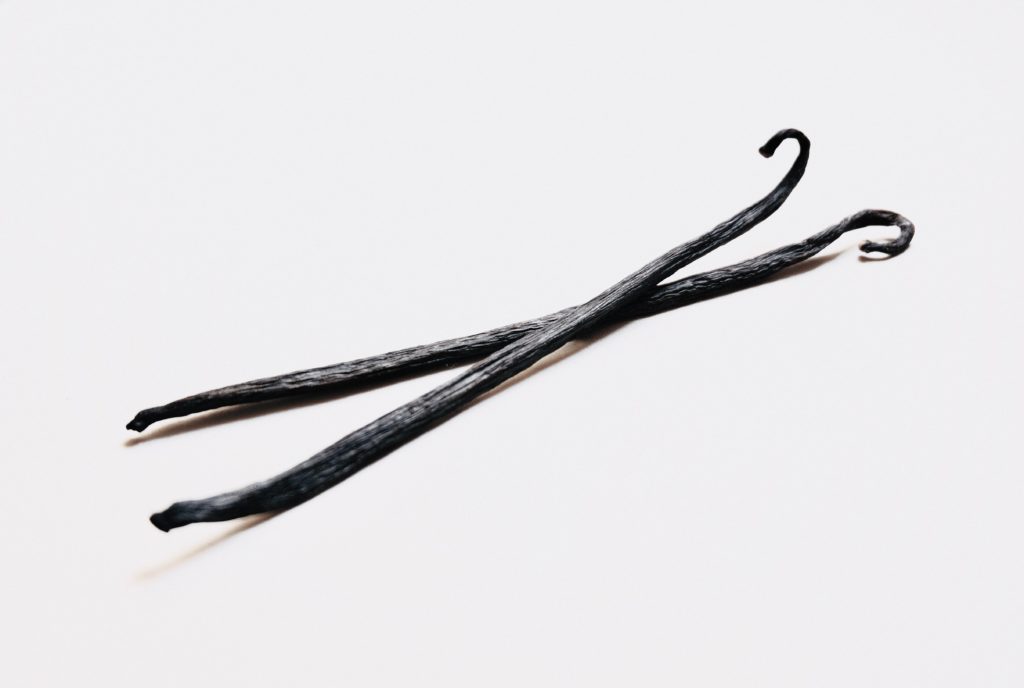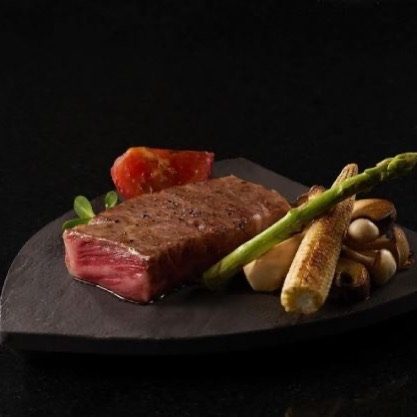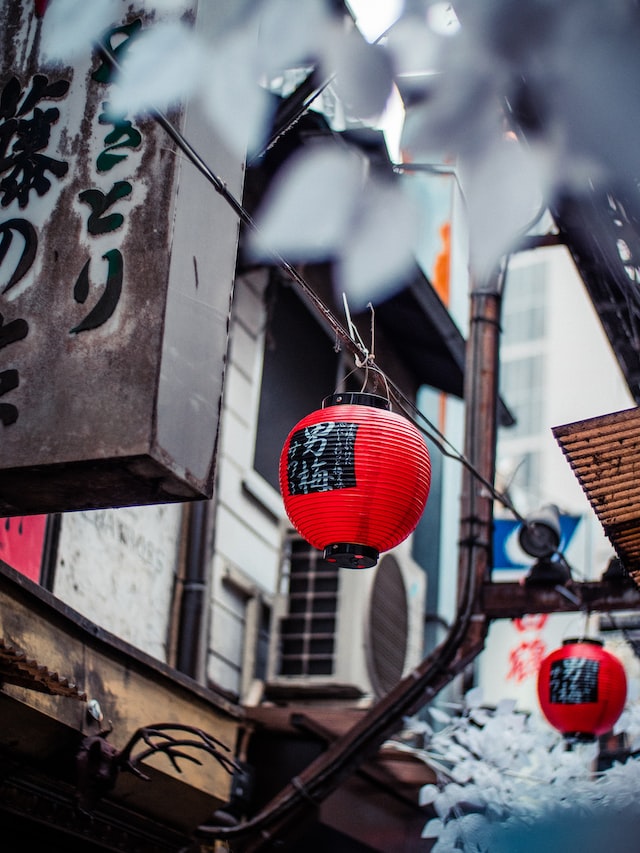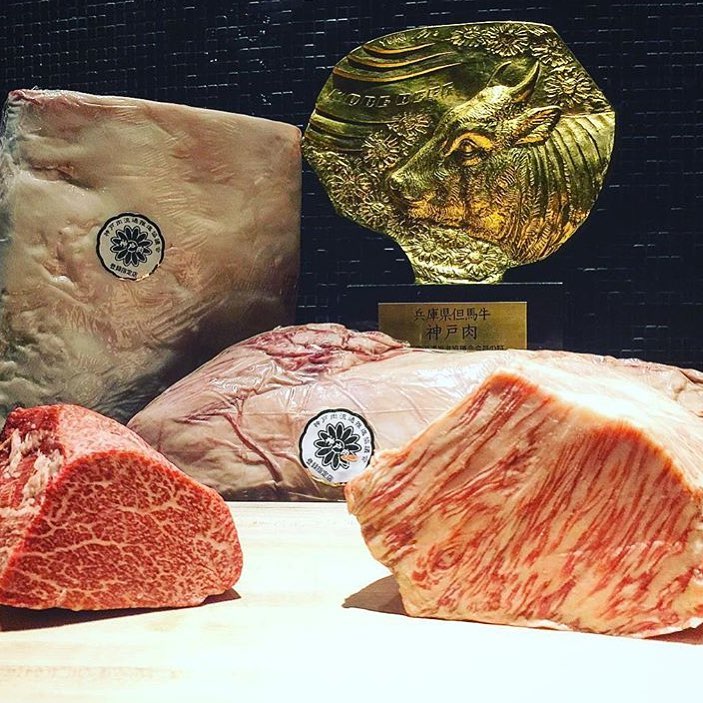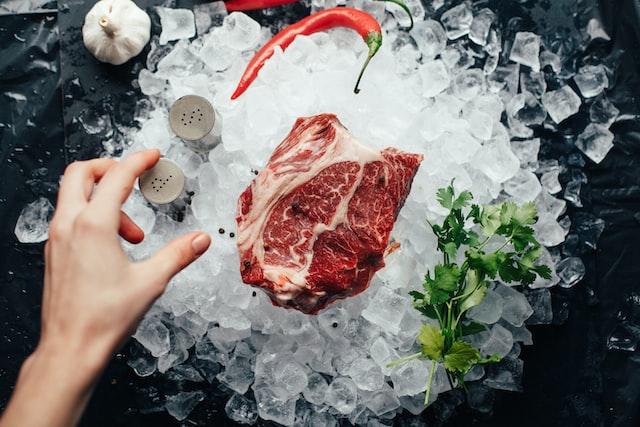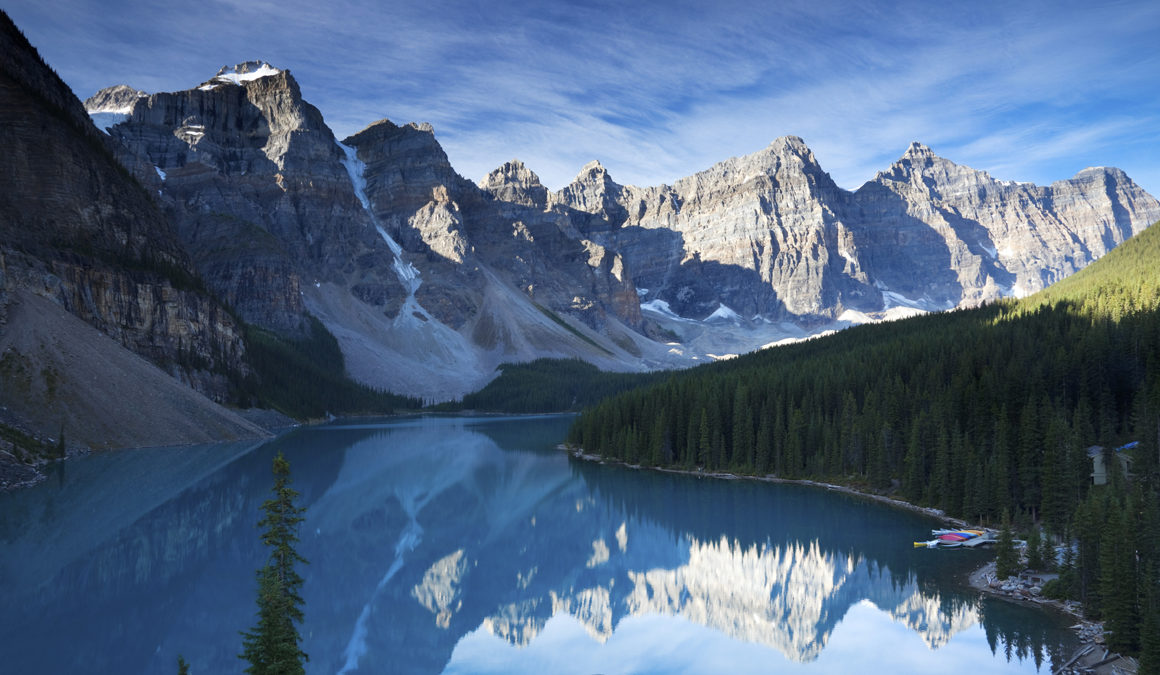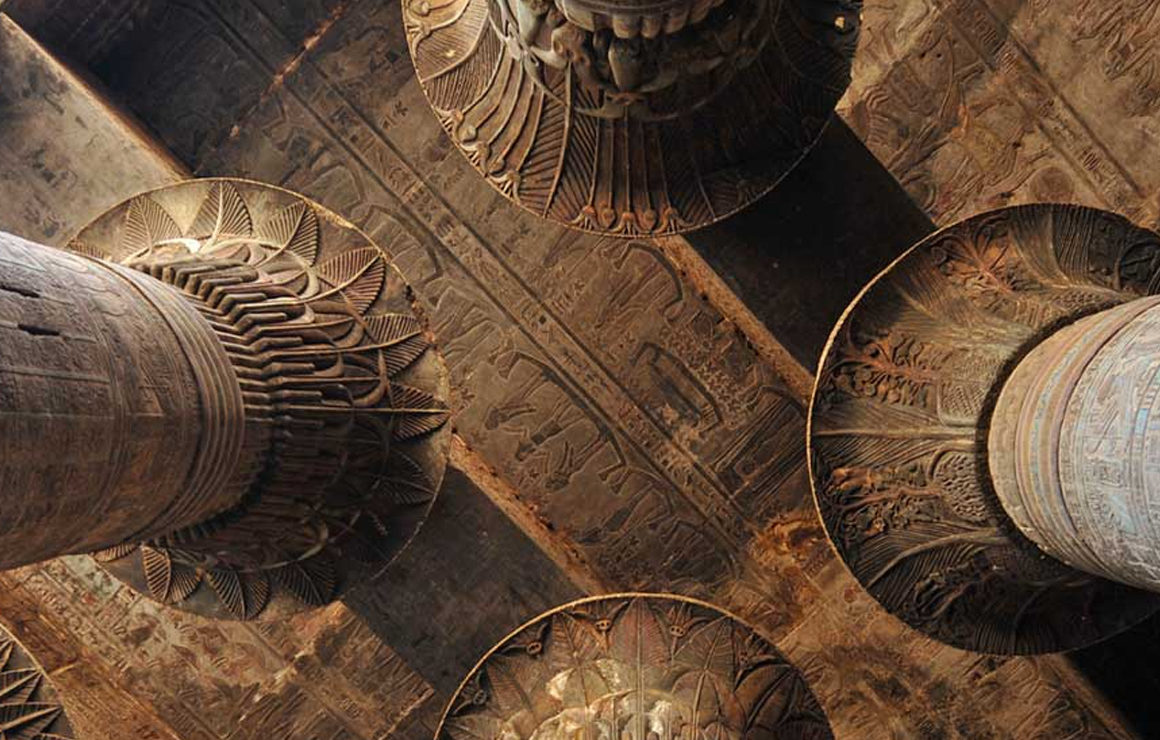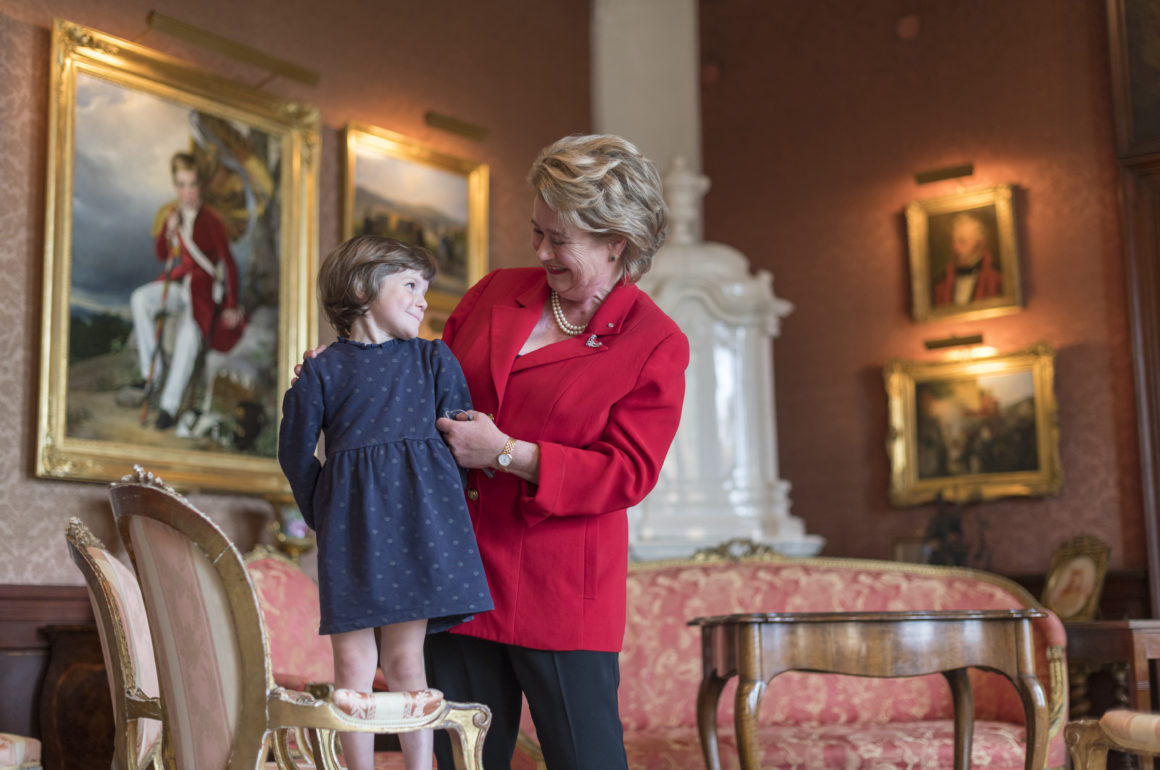An idyllic destination, discover fascinating sights and exceptional gastronomy with our luxury travel guide to Vancouver. A popular year-round vacation spot, Vancouver is one of Canada’s most beautiful cities, world-renowned for its nature and world-class culinary scene. From the top hotels to the finest dining, here’s our pick of the best places to sleep, dine and explore.
Discover this on: Majesty of the Rockies
Magnificent Vancouver
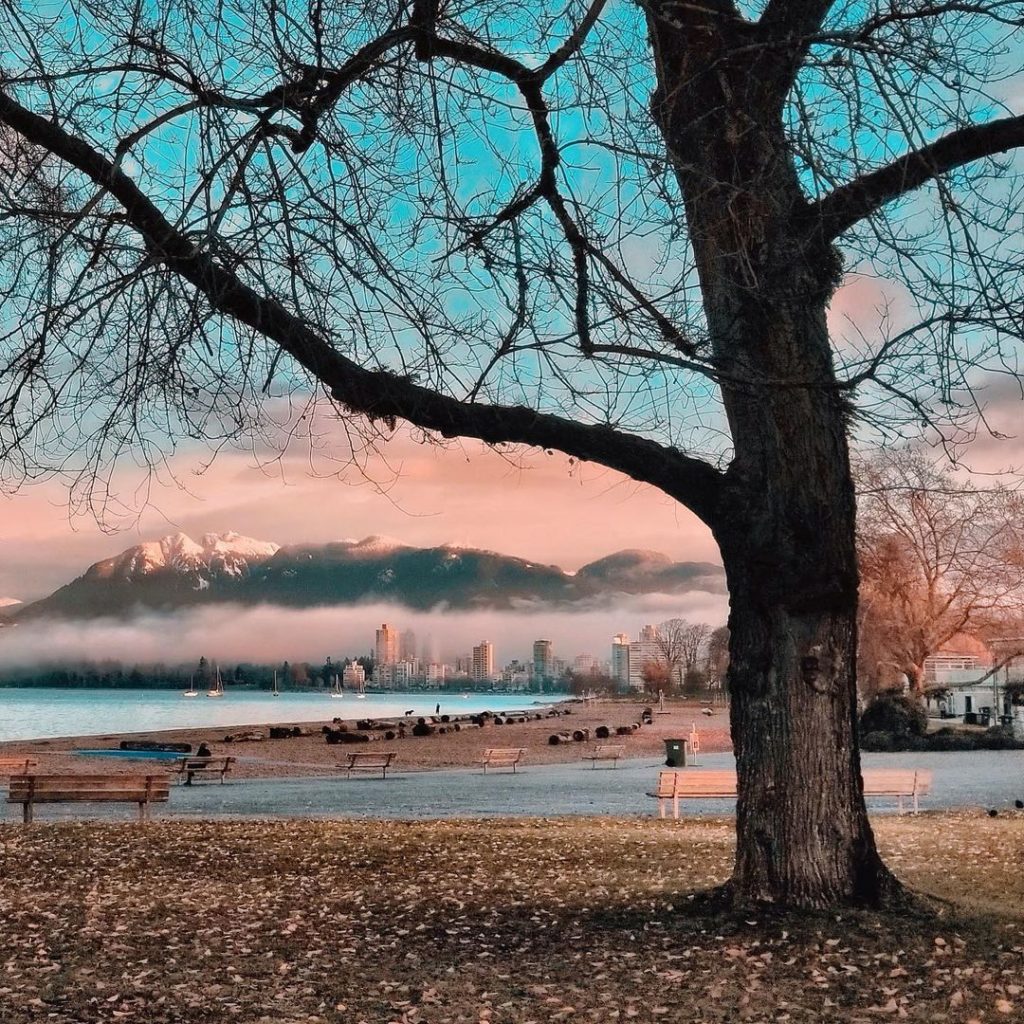
@destination_vancouver
British Columbia’s largest city, Vancouver is a haven for outdoor enthusiasts and cosmopolitan travelers’ alike. Framed by the Pacific Ocean and dramatic Coast Mountains, Vancouver is frequently lauded as one of the world’s most livable cities. Close to 19 miles (30 km) of uninterrupted waterfront path surround the city’s favorite neighborhoods, including the famous seawall around Stanley Park.
A truly spectacular way to enter the city is on the Rocky Mountaineer train. Vancouver is the final stop on the luxury train’s famous route through the majestic Canadian Rockies. Glass-domed carriages and first-class dining combine for spectacular mountain views and comfort. As you approach Vancouver you cross the downtown bridge to swap mountains landscapes for cosmopolitan life.
Read more: Why journeying through the Rocky Mountains will stay with you for a lifetime
Where to stay
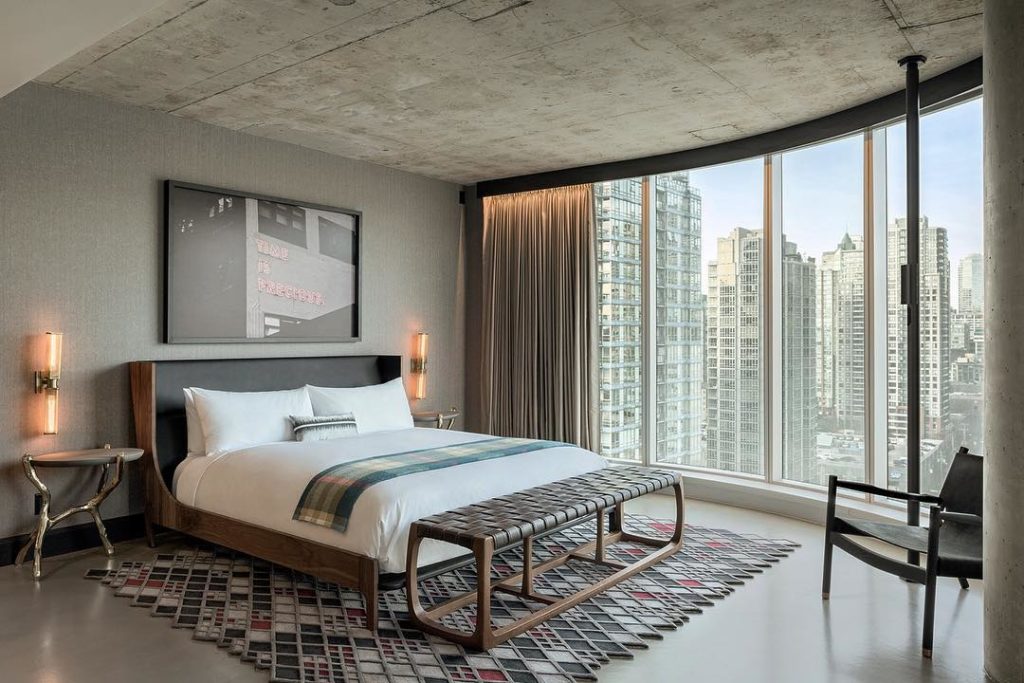
@thedouglas_van
The DOUGLAS, Autograph Collection Hotel. Inspired by the grandness of nature and the allure of a cosmopolitan city, this sustainably designed hotel is located in the heart of the city. From sumptuous rooms to a rooftop urban park, it provides a comfortable and intriguing place to stay and explore Vancouver.
The DOUGLAS, an Autograph Collection®, stands as a legacy to the mighty fir, inspired by the grandness of nature. For thousands of years, Douglas firs lined the banks of False Creek, towering above what is now the thriving metropolis of Vancouver. The hotel’s design masterfully reconnects people and place, while seamlessly introducing nature into a chic urban environment.
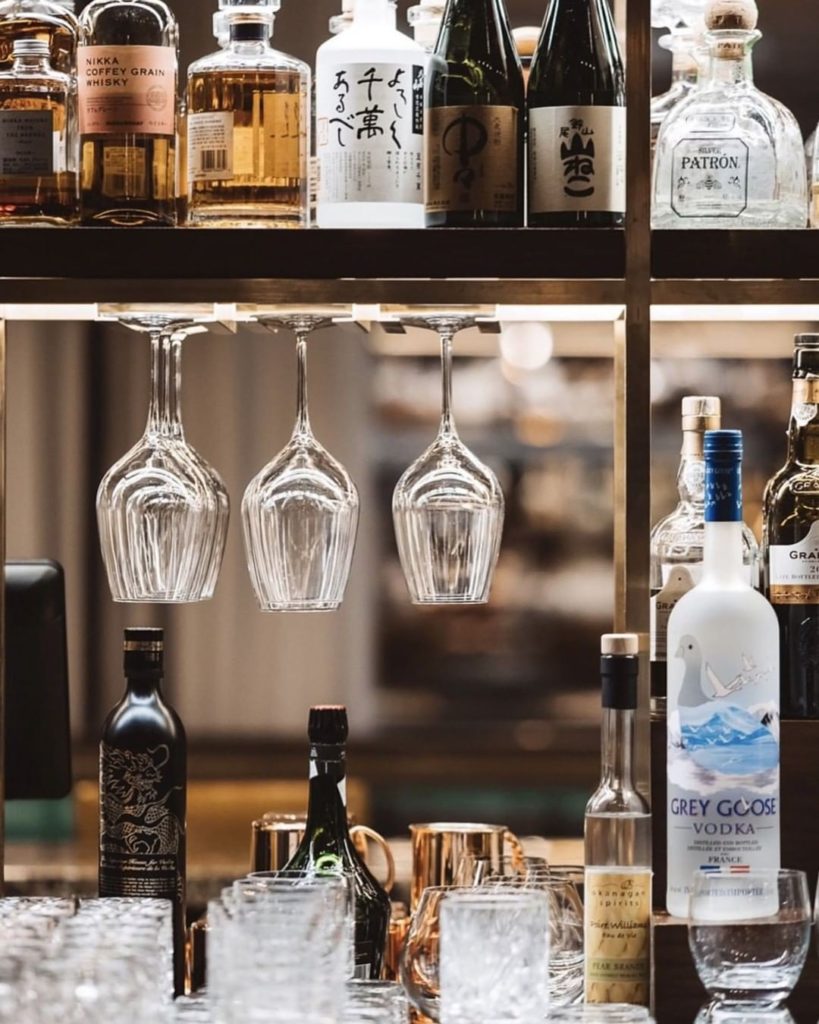
@thedouglas_van
Guests can choose from a selection of eight world-class restaurants and lounges. In the evenings, sip a signature cocktail on the rooftop bar. A hip, vibrant and exclusive nightlife option perched above the city, this indoor/outdoor rooftop space makes for a coveted cocktail destination in Vancouver.
Related content: Step inside Peru’s blissful Inkaterra Machu Picchu Pueblo hotel
Where to dine
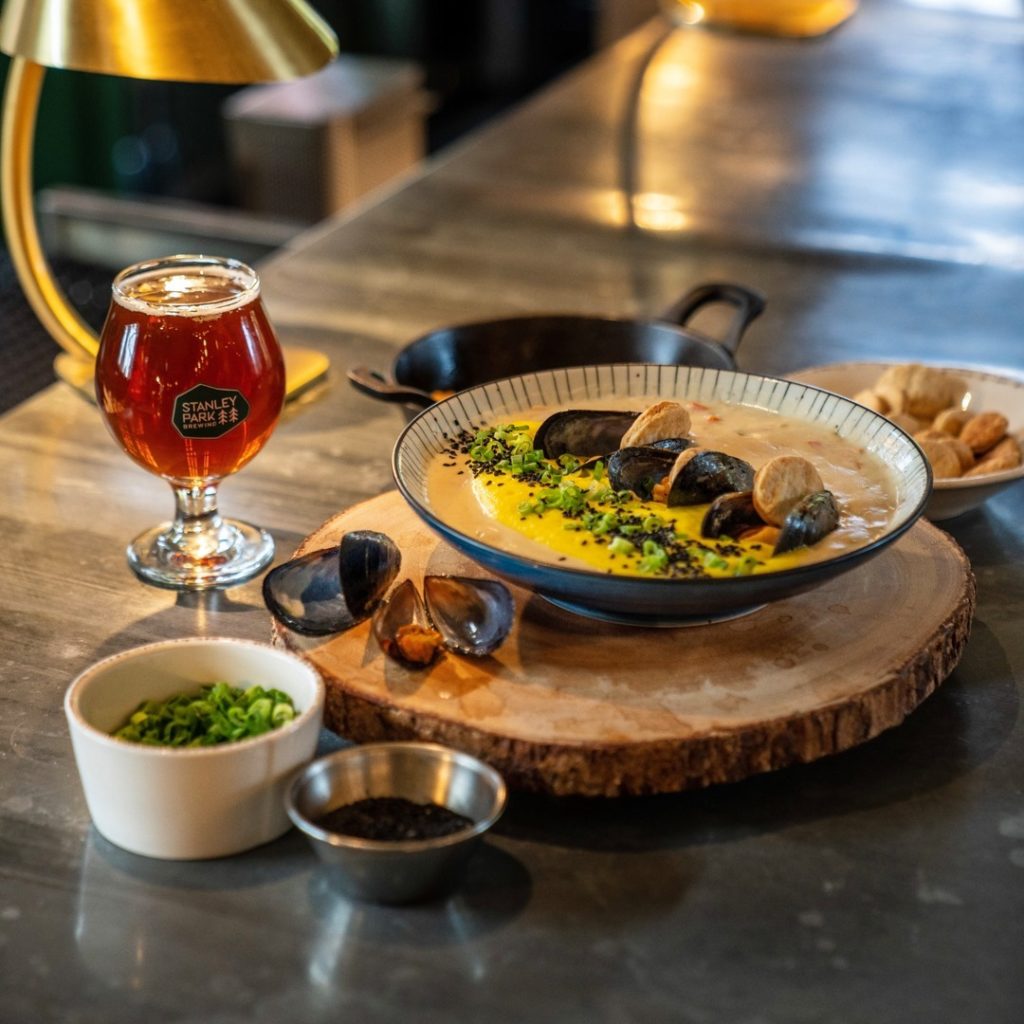
@destination_vancouver
Renowned for its world-class culinary scene, as you walk around Vancouver you can sense the local appreciation for fine dining. Streets lined with kitchens waft beautiful aromas. Seasonal local ingredients, distinctive wines, ethically harvested meats, and sustainable seafood prevail, with fresh produce coming in daily from the ocean.
Dining in Vancouver is a celebration of kitchens around the world. Dozens of ramen, Indian, and sushi restaurants dot this multicultural city, offering everything from fine dining to street food. In addition, more than 100 trucks have created a food truck scene that is unrivaled in Canada.
With so many places to choose from, here is our guide to Vancouver’s top three:
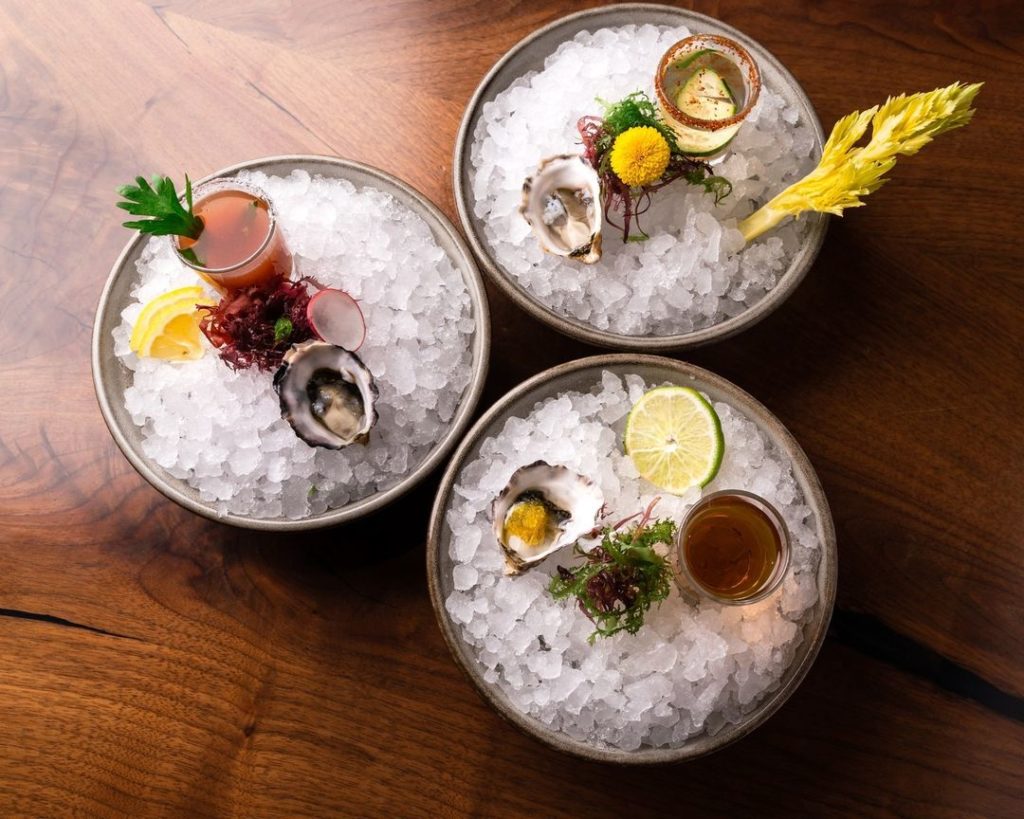
@thevictorvancouver
The Victor – An in-house restaurant of the Douglas Autograph Hotel, The Victor delights with contemporary dishes and coastal flavors. Here you can savor the seafood bounty of B.C, with fresh catch straight off the coast. A contemporary play on surf and turf, you can also indulge in a sumptuous selection of specialty steaks, and an elevated sushi and raw bar.
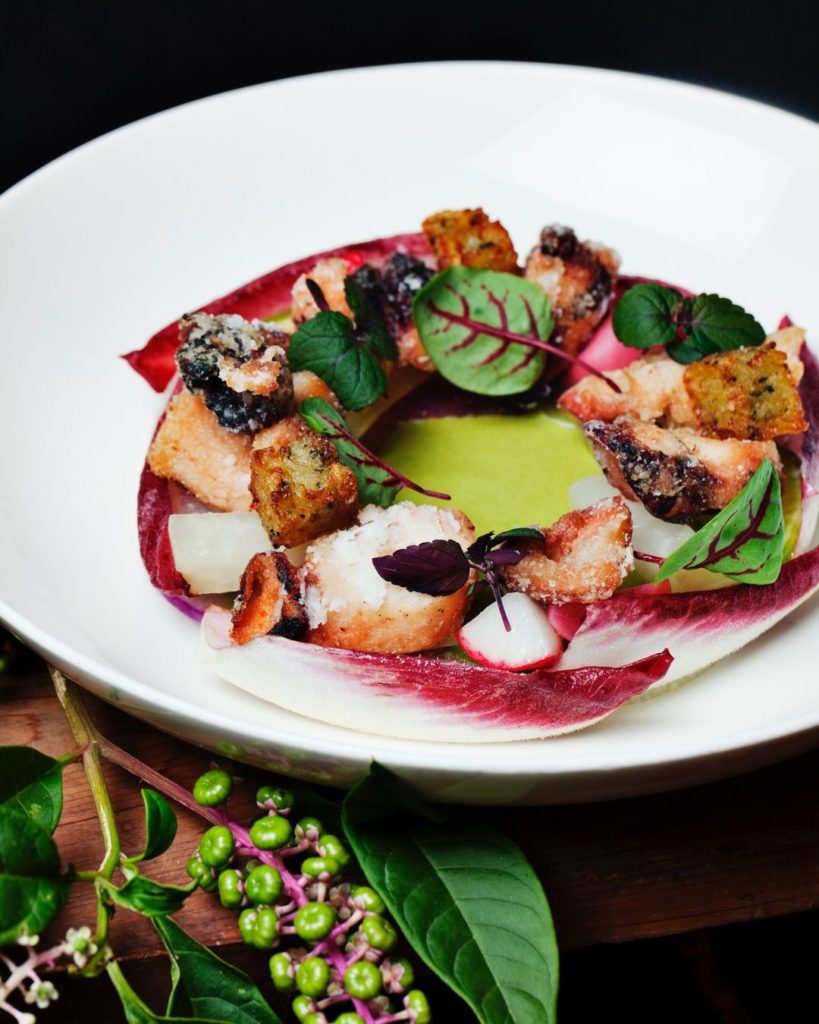
@kissatanto
Kissa Tanto – A Japanese-Italian fusion, the restaurant takes its name from kissas, ’60s Tokyo jazz bars. Chef Joël Watanabe, who himself is half Japanese and half Corsican-Italian and Quebecois, makes this concept his own. Stylish and sophisticated, expect pasta dishes like Tajarin (Piedmont-style egg noodles) dressed with butter, roasted mushrooms, and miso-cured egg yolk. As any guide to Vancouver will tell you, this is one of the foodie highlights of Chinatown.
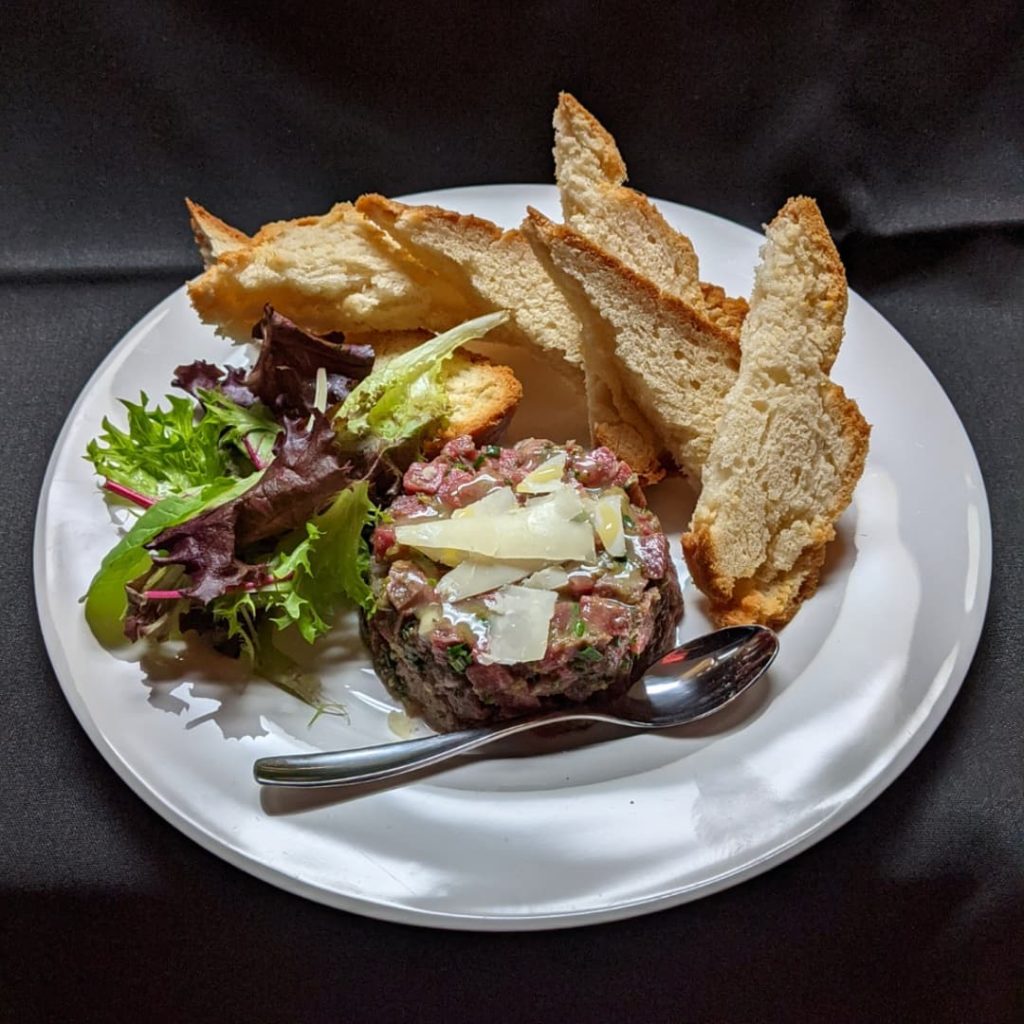
@salmonnbannockbistro
Salmon n’Bannock – The only Indigenous-owned and operated restaurant in Vancouver, Salmon n’Bannock is run by members of Canada’s First Nations. Revel in traditional and authentic Indigenous foods and flavors, passed down by elders.
Owner and founder Inez Cook has taken traditional ingredients and given them a modern twist. Enjoy pemmican, an important Indigenous food. Traditionally made with dried meat and berries, the dish has been revived into a delicious rich Pemmican Mouse. Made with smoked and dried bison mixed with sage-blueberries and cream cheese and paired with their perfectly toasted bannock.
Travel on the Majesty of the Rockies and join a MAKE TRAVEL MATTER® Experience at Salmon n’Bannock. Meet with owner Inez and learn how the restaurant celebrates and educates about First Nations’ culture.
Read more: The story behind Vancouver’s only Indigenous restaurant, Salmon n’Bannock
What to see in Vancouver
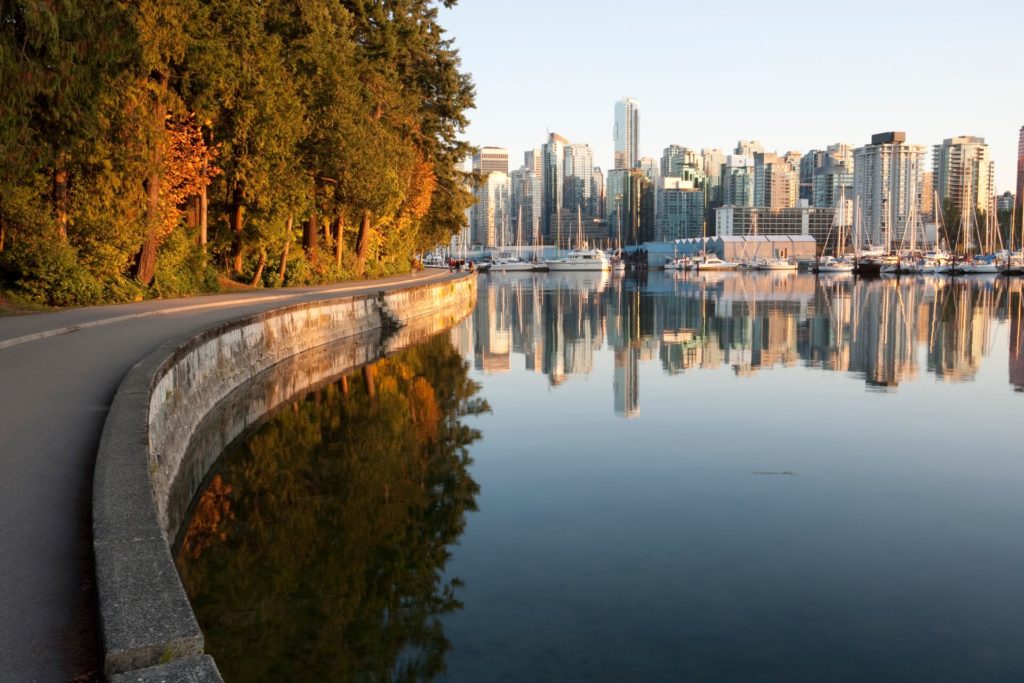
Vancouver’s best attractions are informed by its history as much as its future, with futuristic museums nestled next to iconic districts and mountains as far as the eye can see.
Top sights in any guide to Vancouver include downtown’s Stanley Park, with its old-growth cedar forests surrounded by water views and sandy beaches, and the Granville Island Public Market. Other popular neighborhoods include the West End, Gastown, Yaletown, and Chinatown.
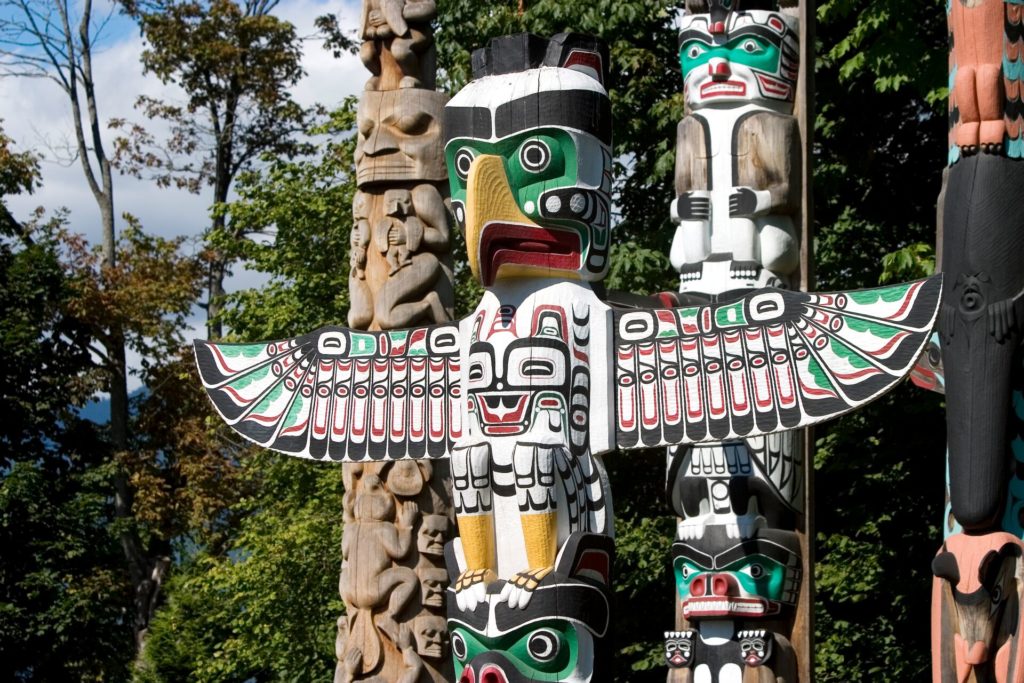
Stanley Park – Sited over a huge 1,000 acres, Stanley Park contains beaches, an aquarium, playgrounds, botanical gardens, a golf course and much more. It is famous for its Seawall, which makes a great rail for walking and biking.
One of the essential things to do in Vancouver, you can lose yourself in nature amongst ferns and centuries-old cedars on 40 miles of trails. Keep an eye out for beavers, raccoons, great blue herons, bald eagles, coyotes, and sometimes even whales. Take time to visit the First Nations Totem Poles. There are a number of beautiful totem poles in the park at two different locations.
Gastown – Vancouver’s most historic neighborhood dates back to 1867 and is named after “Gassy” Jack Deighton, a seaman from the UK. Here that you’ll find cobblestone walkways and stunning architecture that set the stage for some of Vancouver’s best shopping, restaurants and cafes.
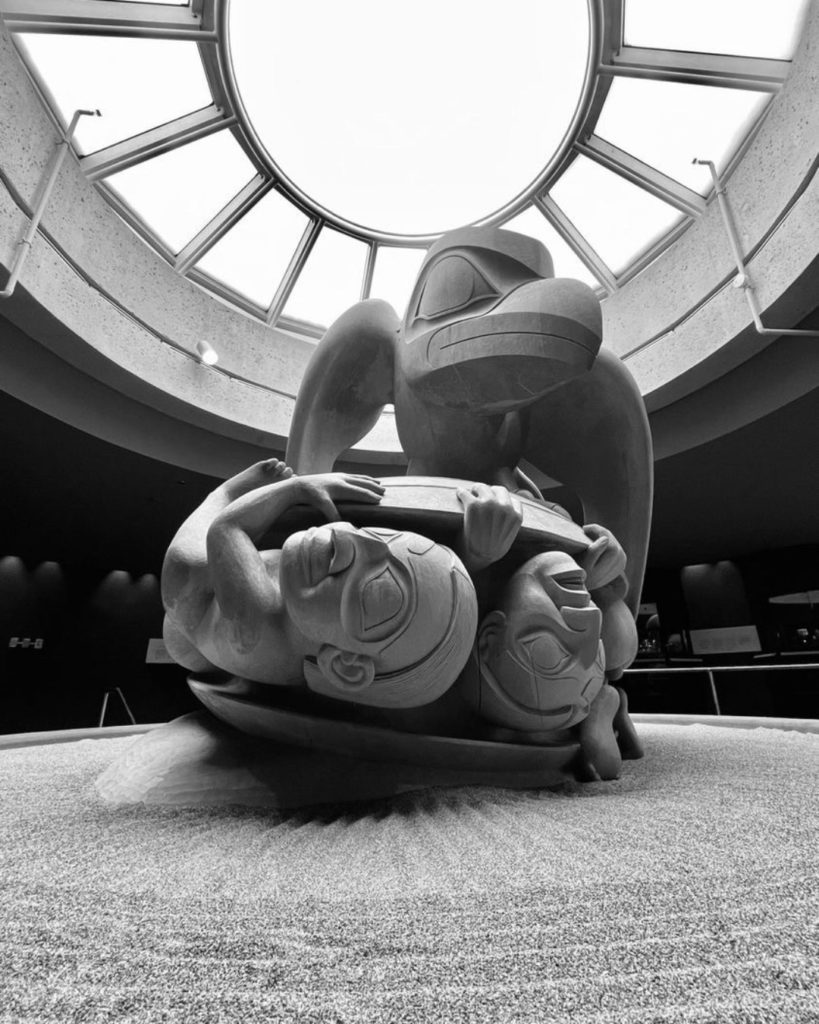
@moa_ubc
Museum of Anthropology at the University of British Columbia – Located on the traditional territory of the Musqueam people, the Museum of Anthropology (MOA) features art by indigenous peoples from Canada and around the world. One of Canada’s largest teaching museums, MOA is home to hundreds of thousands of ethnographic objects, artifacts and works of art. This includes textiles, ceramics, massive totem poles, masks, and more. The iconic building was designed by renowned Canadian architect Arthur Erickson.
Pacific Arts Market – This nearly 2,500-square-foot gallery space features art, jewelry, and other handmade crafts from more than 40 artists from Vancouver and around British Columbia. Browse talented local artists and bring home a unique souvenir. You’ll find paintings, ceramics, jewelry, woodcarving, fiber arts, and products like handmade candles and teas. The colorful space is packed with art for every taste and budget. Artists change regularly, so it’s worth visiting again and again.
If our guide to Vancouver has inspired you to see the delights of this city for yourself, take a look at our Majesty of the Rockies luxury guided tour. Starting in Banff, over 9-Days you will traverse beautiful landscapes and enjoy exclusive experiences. Vancouver provides the grand finale to this majestic journey.



